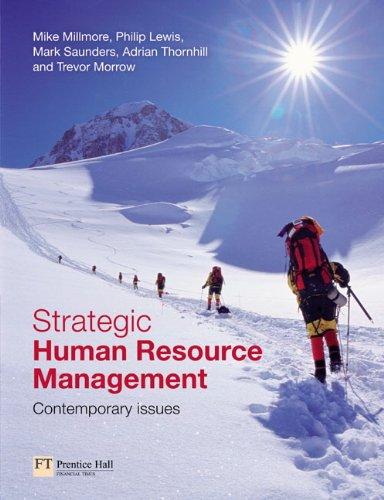Worcestershire County Council is the local authority responsible for providing education; social services for children, older people
Question:
Worcestershire County Council is the local authority responsible for providing education; social services for children, older people and others in need; road maintenance and building; and libraries and strategic planning for the 542,000 people who live within Worcestershire. Worcestershire County Council employs approximately 17,500 people to provide these services. Of these, approximately 15,000 are based in schools and 2,500 in other establishments, the field (for example home care assistants), other offices or the County Council’s headquarters on the outskirts of Worcester. Other local government services to the people of Worcestershire are provided by the six district councils of Bromsgrove, Malvern Hills, Redditch, Worcester, Wychavon and Wyre Forest. These include housing; development planning; leisure sports and museum services; and refuse collection and street cleaning.
Worcestershire is a predominantly rural county located south west of Birmingham within the UK’s West Midlands region. The county’s city, Worcester, has a population of 77,700; other large population centres being Redditch, a former new town (77,400), Kidderminster (55,200) and Bromsgrove (30,900) (Worcestershire County Council, 2004a).
However, the majority of the population live in small towns and villages and the county’s image is one of rural tranquillity, and the birthplace and home of the composer Edward Elgar. The county is home to over 21,000 companies, of which 85 per cent are small businesses employing less that ten people.
Demographic data from the 2001 Census highlights that, in terms of gender and age, Worcestershire is very similar proportionally to the UK (Table 1). In contrast only 2.5 per cent of Worcestershire’s residents are from an ethnic minority background compared with 7.9 per cent for the UK. Within Worcestershire this pattern differs markedly with over 30 per cent of the population in some wards in Redditch being from a Black or Black-British ethnic group and up to 10 per cent of the population in some wards in Redditch and Worcester being from an Asian or Asian-British ethnic background.
Table 1:

The need to make diversity an issue Simply considering the headline figures in Table 1, it might be argued that, within Worcestershire, diversity is ‘not an issue’ and is ‘not something the County Council need to bother about’. Indeed this appears to be the perception of many, the much used ‘leafy Elgarshire’
description of Worcestershire, conjuring images of white rural prosperity associated with English shire counties. However, as the earlier discussion highlights, this is not the only reality for people within the county.
For example, although the County Council’s employees reflect the composition of the county in terms of ethnicity as a whole, for some parts of the county there is a marked mismatch between ethnicity of employees and that of residents in receipt of services. In addition, workforce monitoring has highlighted a lack of women in more senior positions within the organisation...............
Questions
1. Do you consider Worcestershire County Council to be adopting a managing diversity or equal opportunities approach to diversity management? Give reasons for your answer.
2. How has legislation impacted upon Worcestershire County Council’s approach to diversity management?
3. Do you agree with Worcestershire County Council’s phased approach to diversity management; what do you see as the key strengths and limitations of this approach?
4. If you were Worcestershire County Council’s Diversity Officer, what specifically would you see as being the key focus of your role? What information/evidence do you think you would need to collect/disseminate to ensure the County Council makes progress towards its goal of better serving residents and of valuing diversity among its workforce to make a difference to people’s lives, and not just to comply with legislation.
Step by Step Answer:

Strategic Human Resource Management Contemporary Issues
ISBN: 9780273681632
1st Edition
Authors: Mark N. K. Saunders; Mike Millmore; Philip Lewis; Adrian Thornhill; Trevor Morrow





